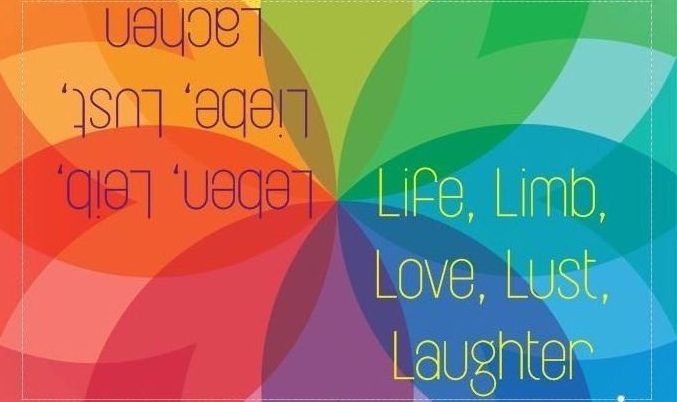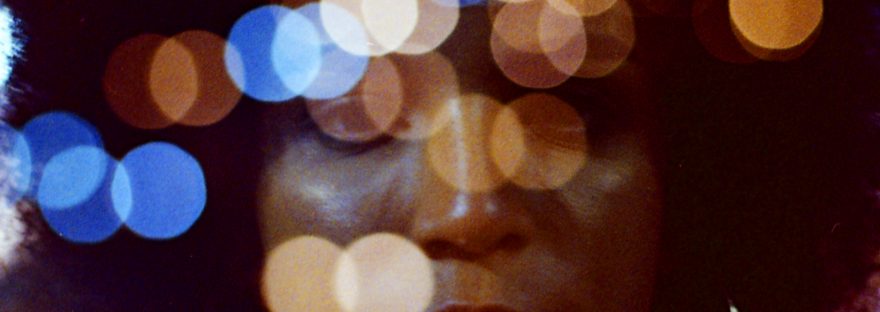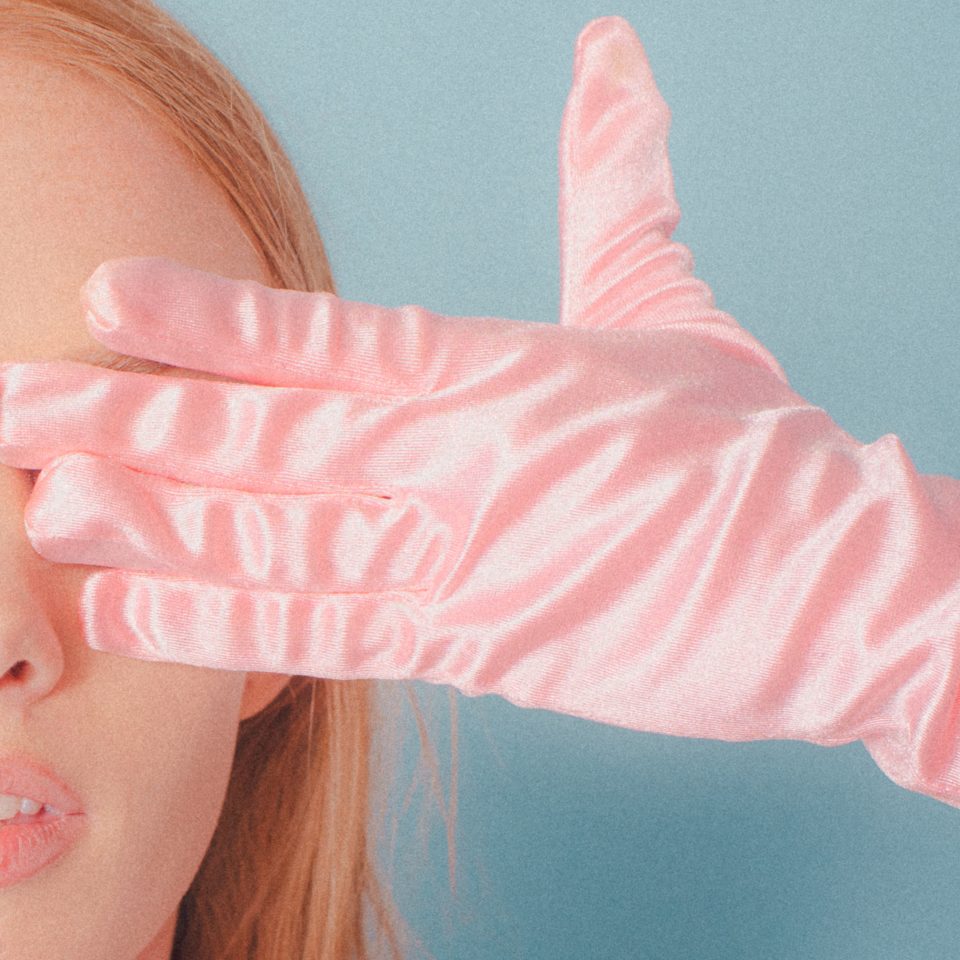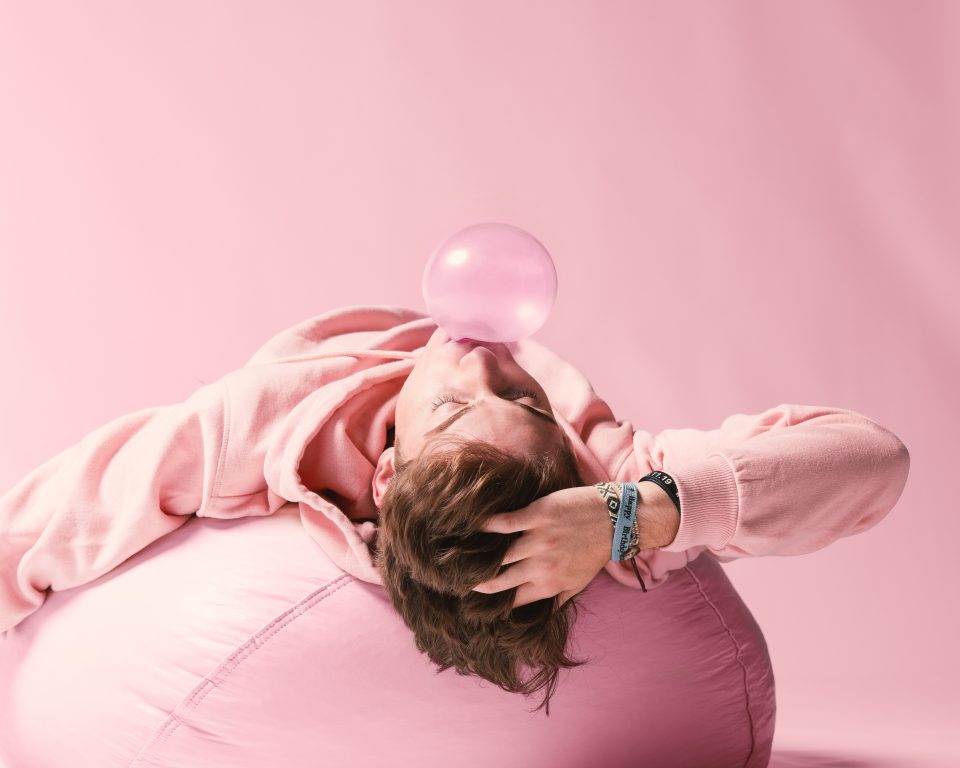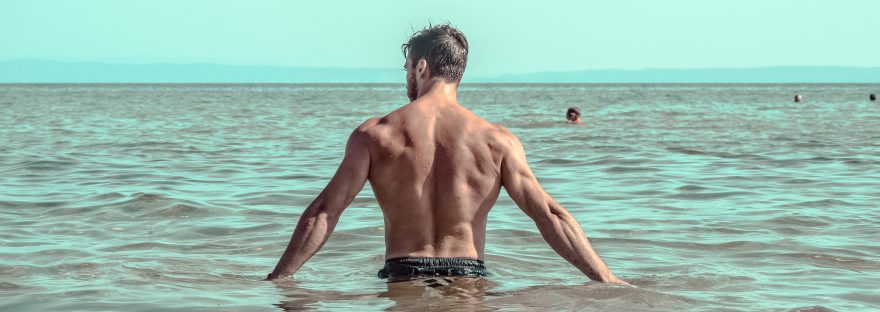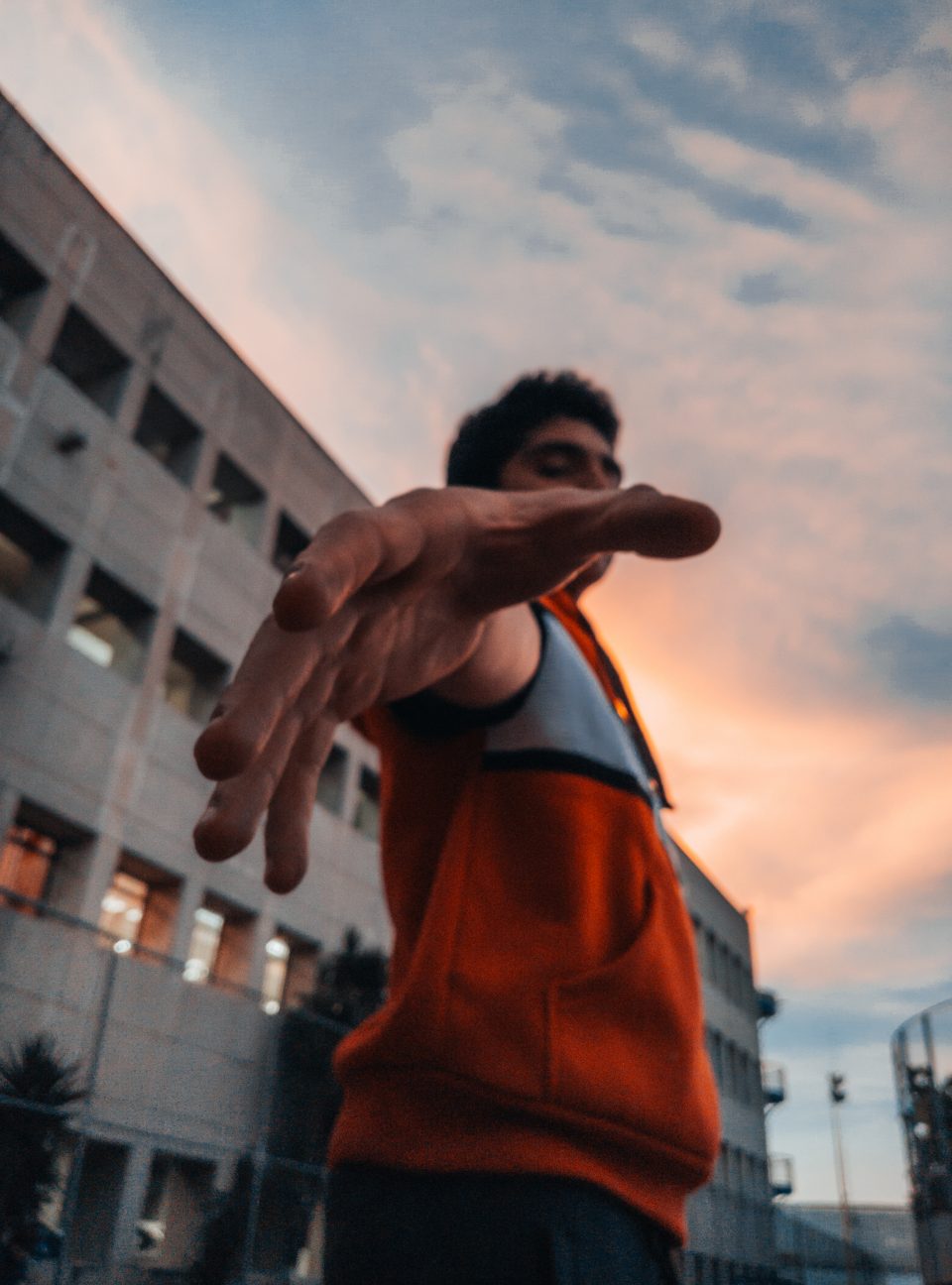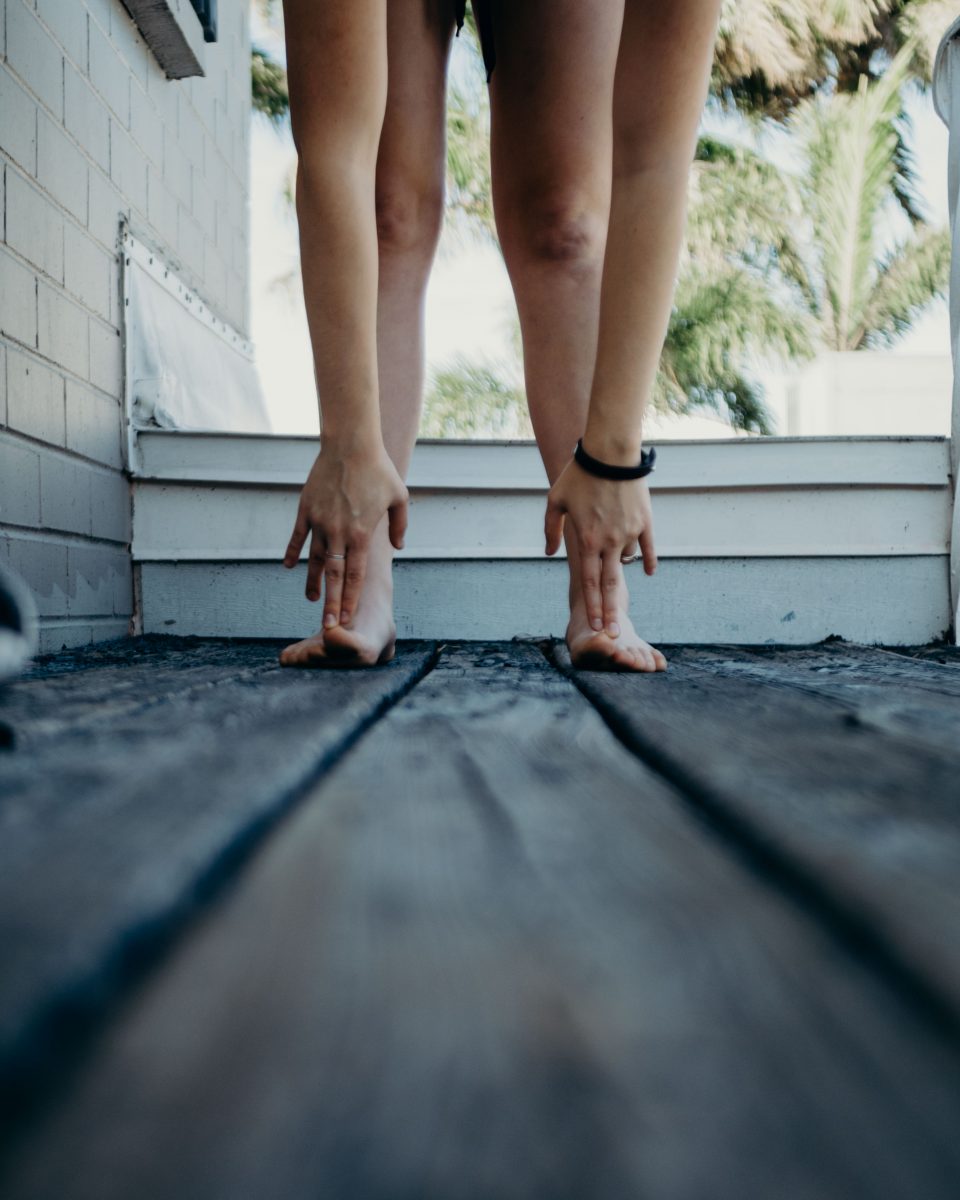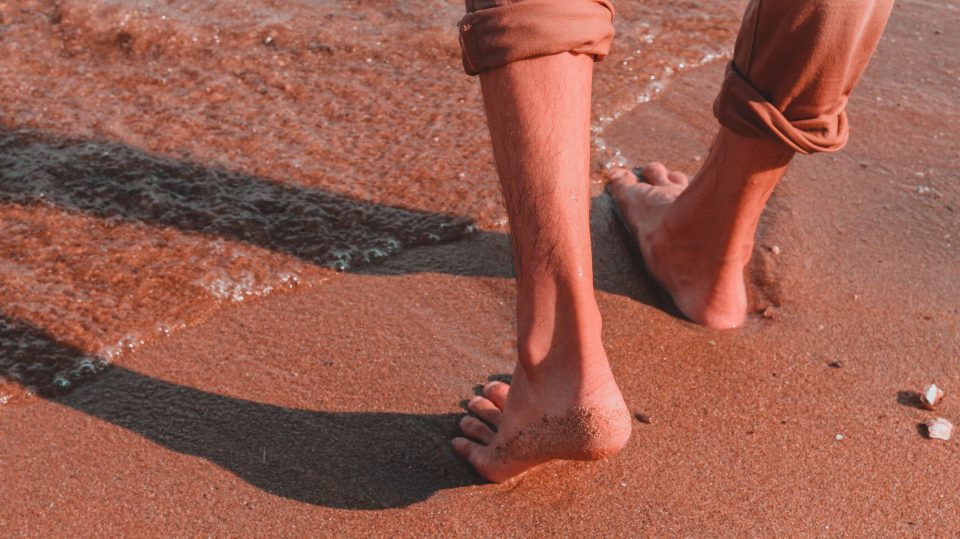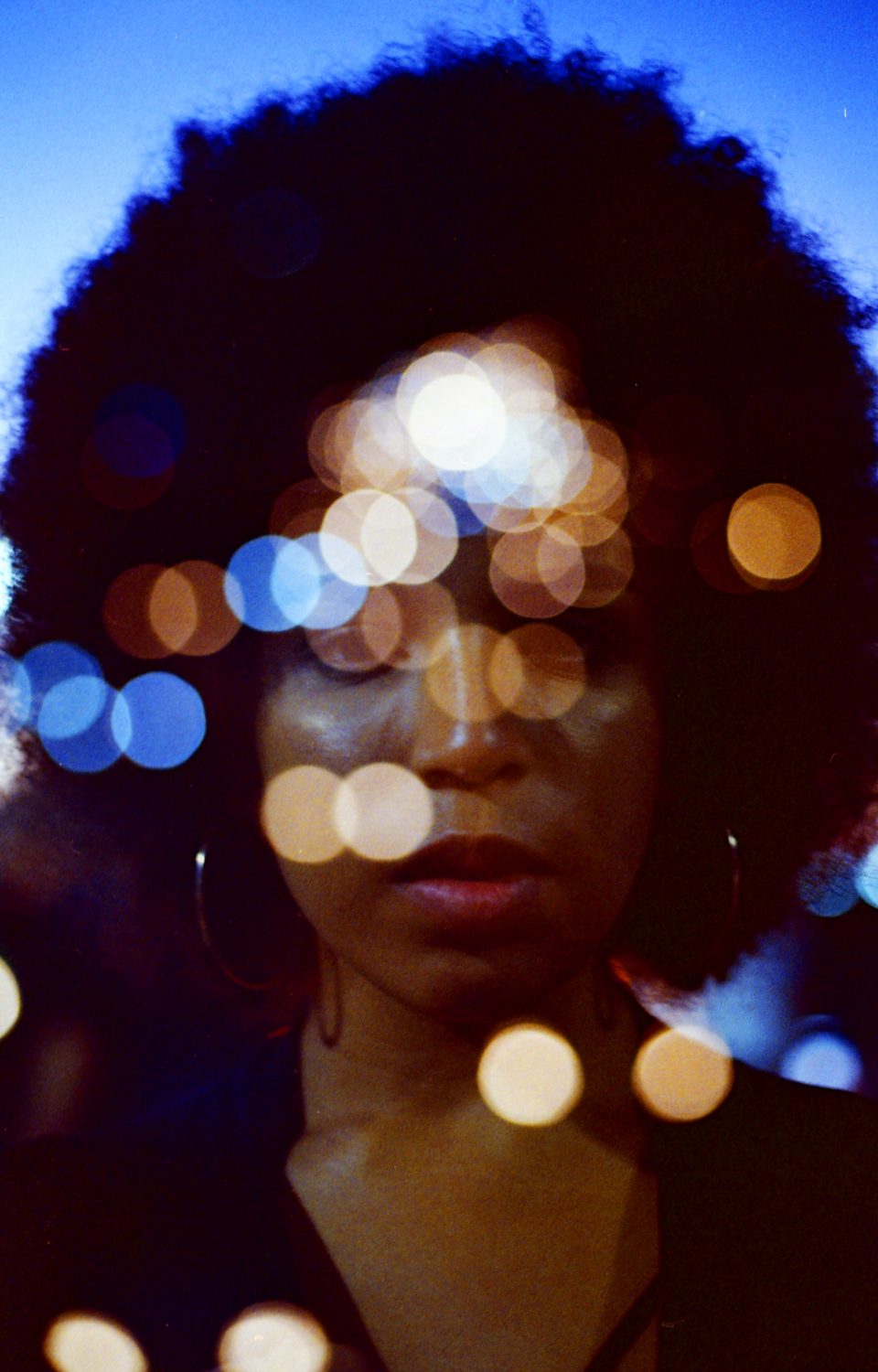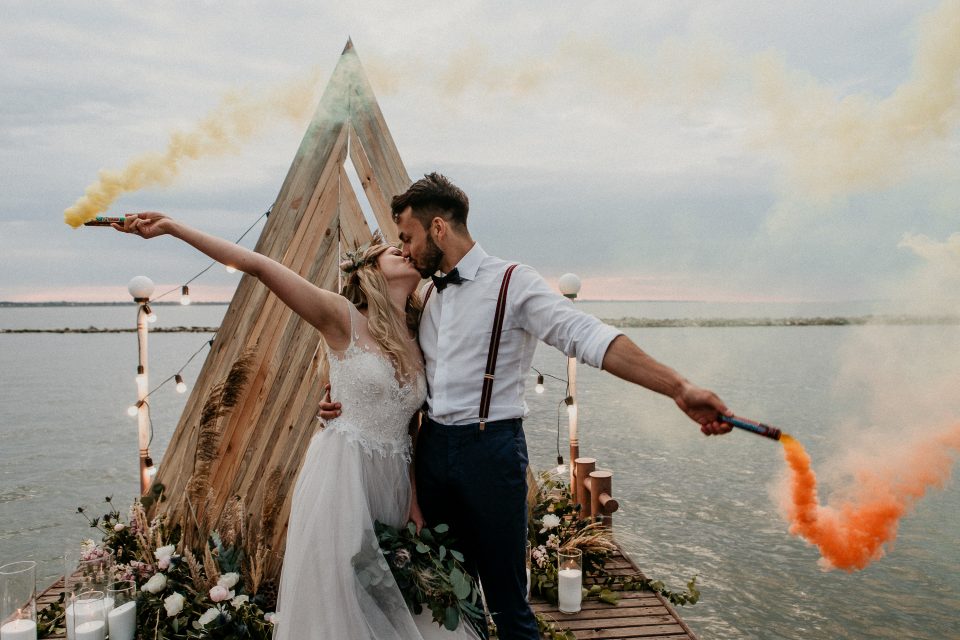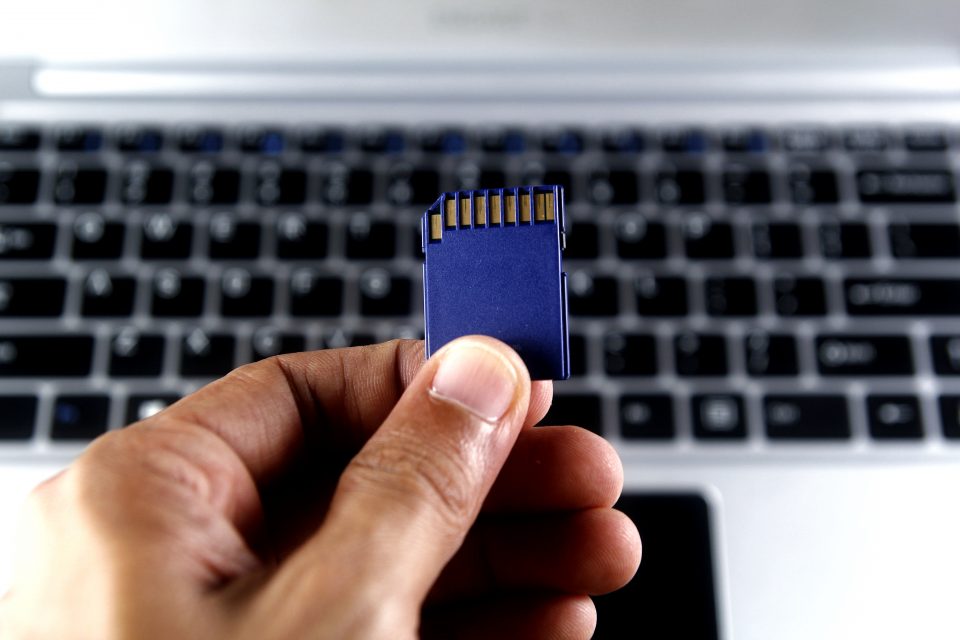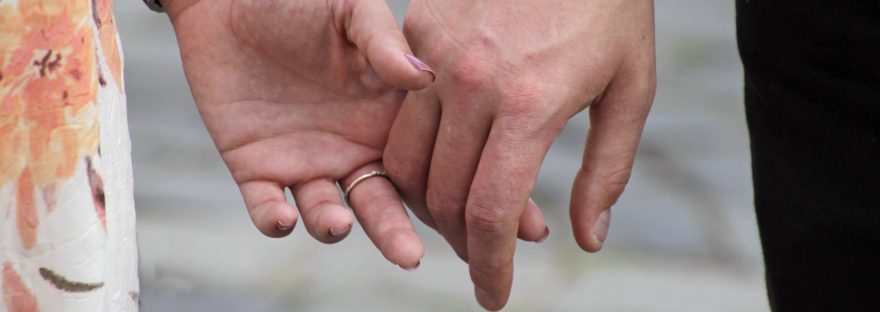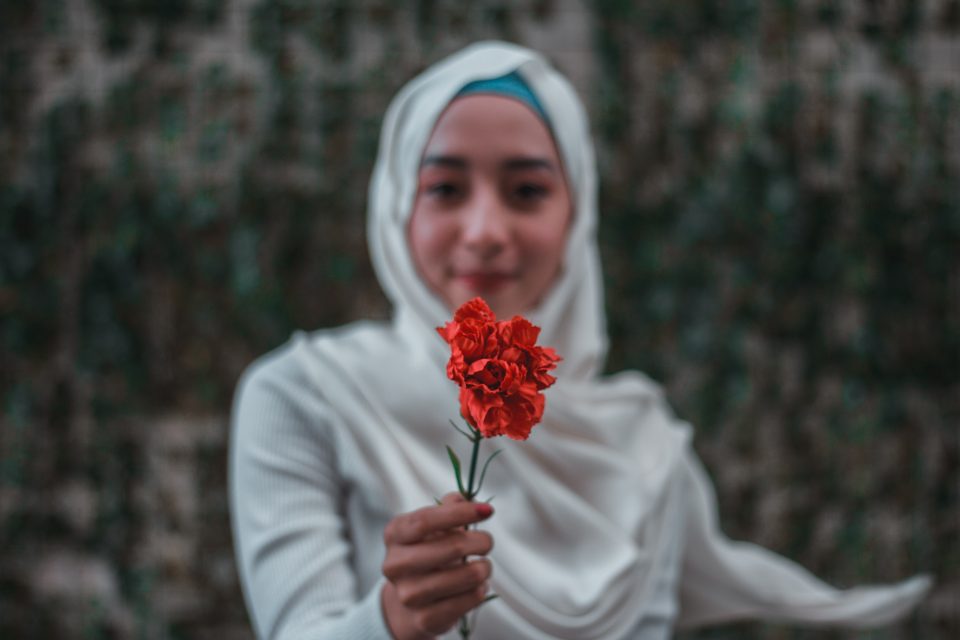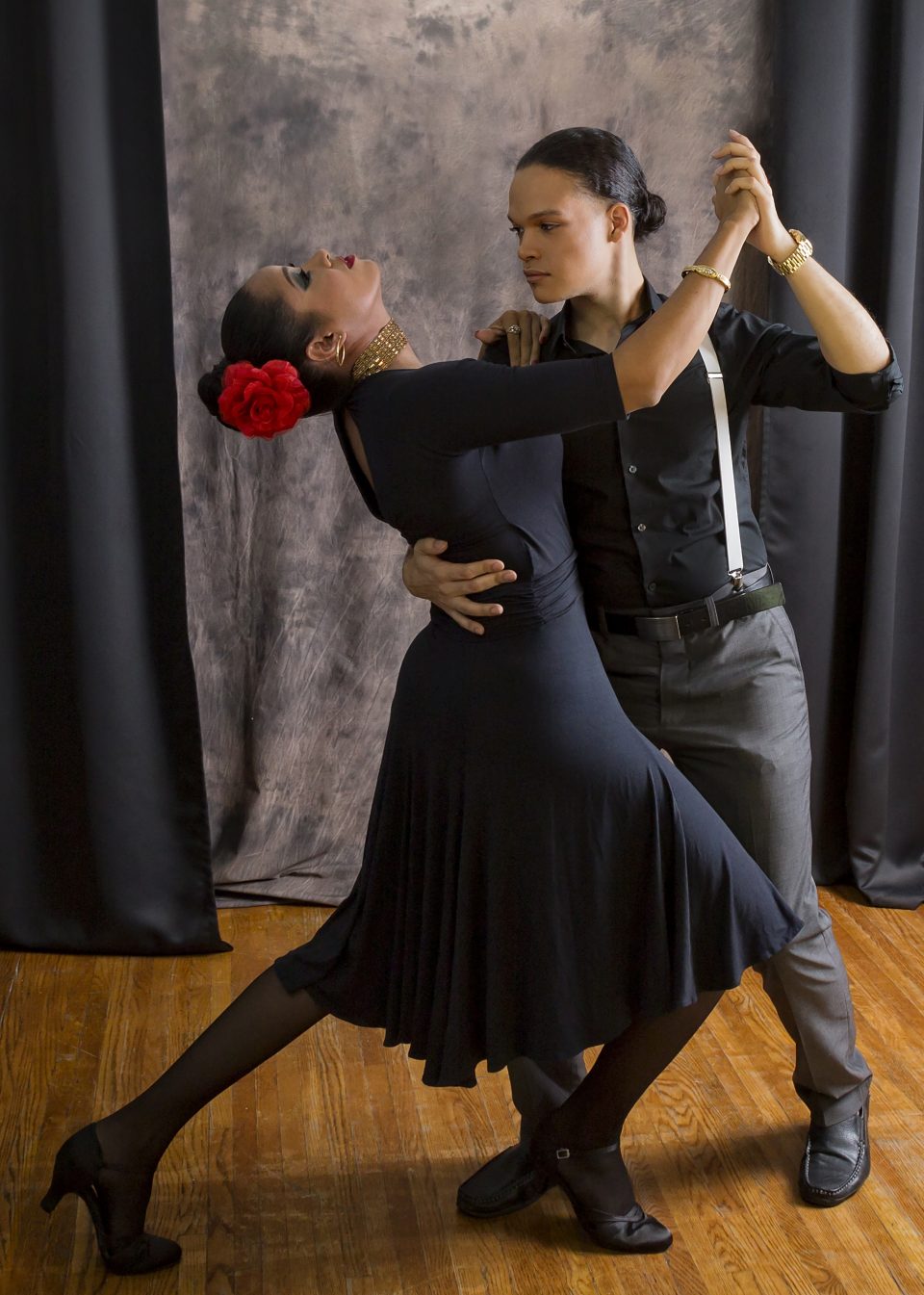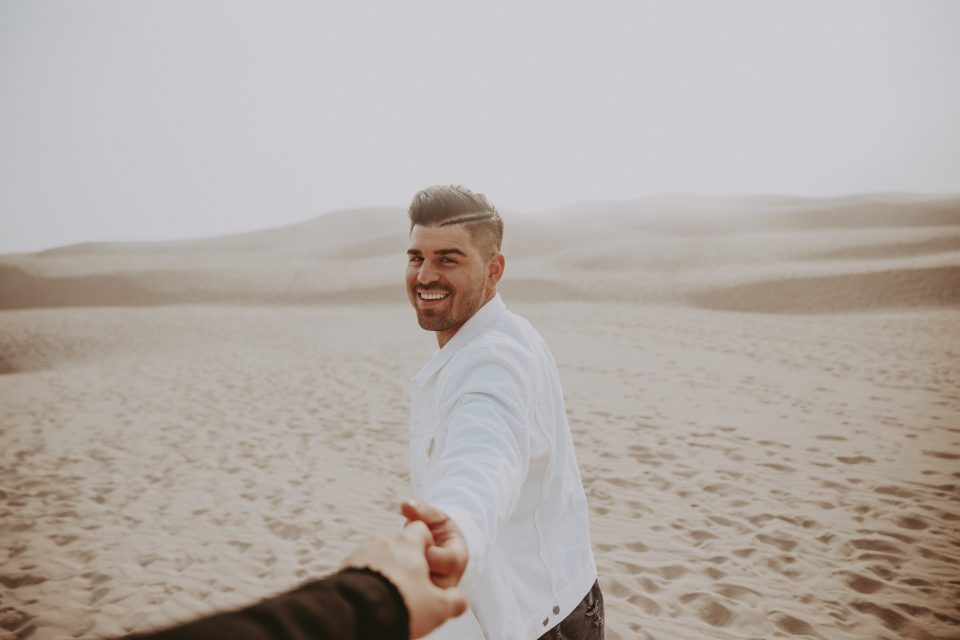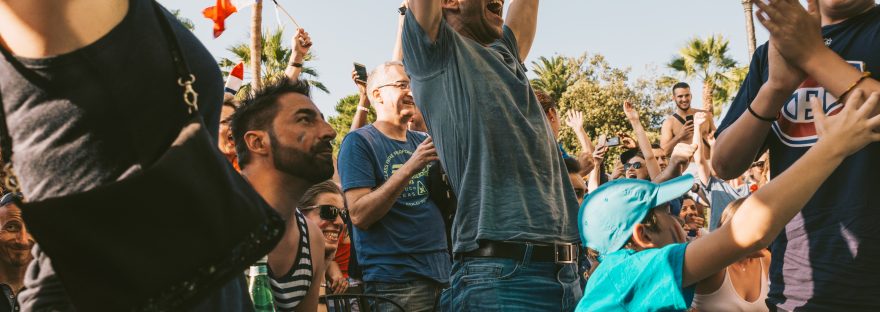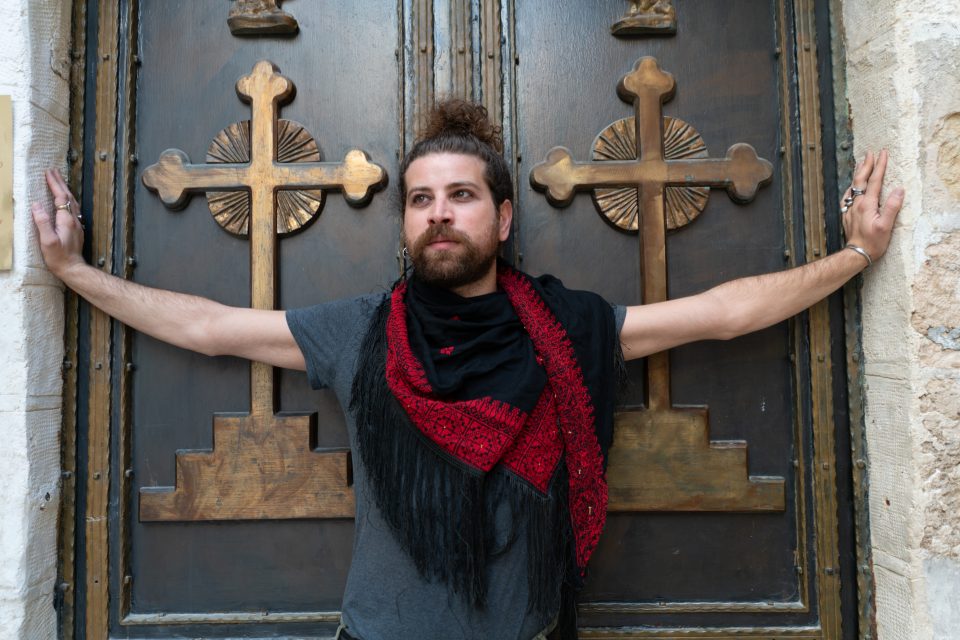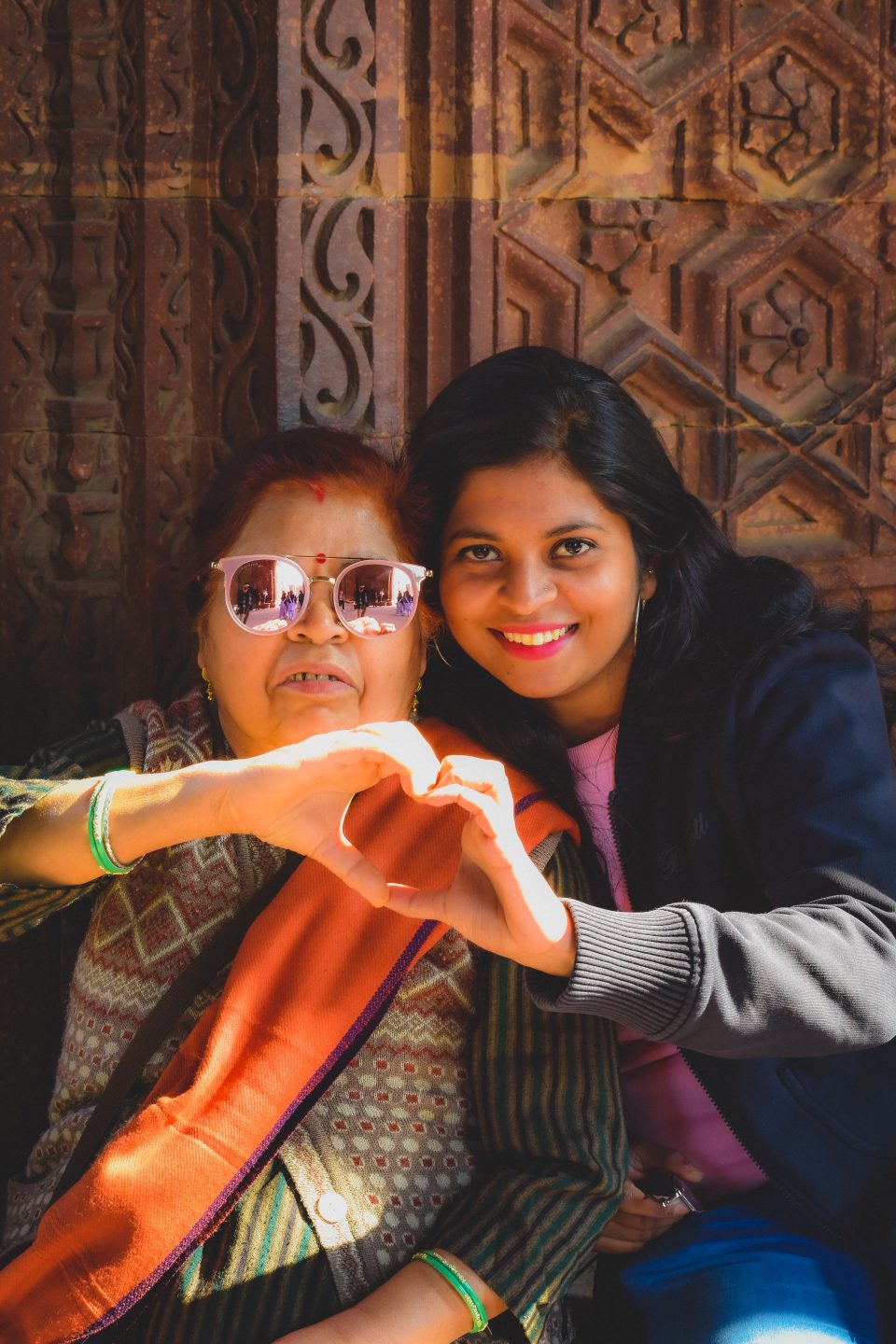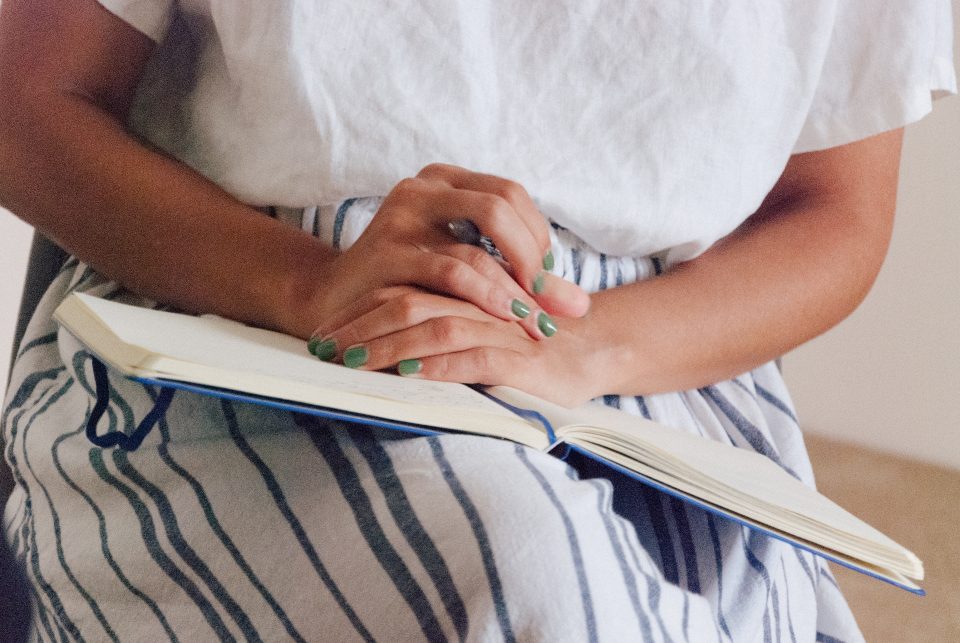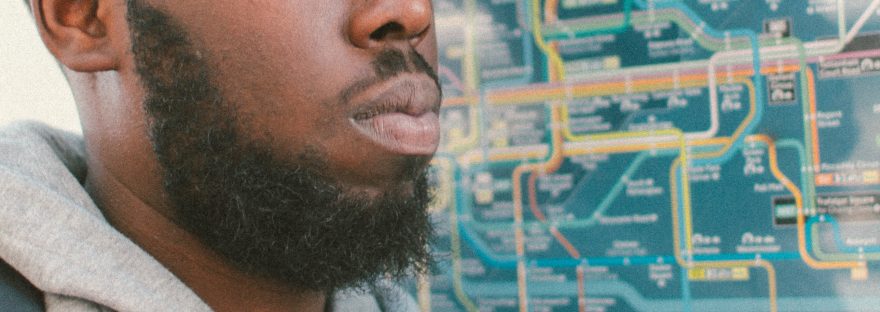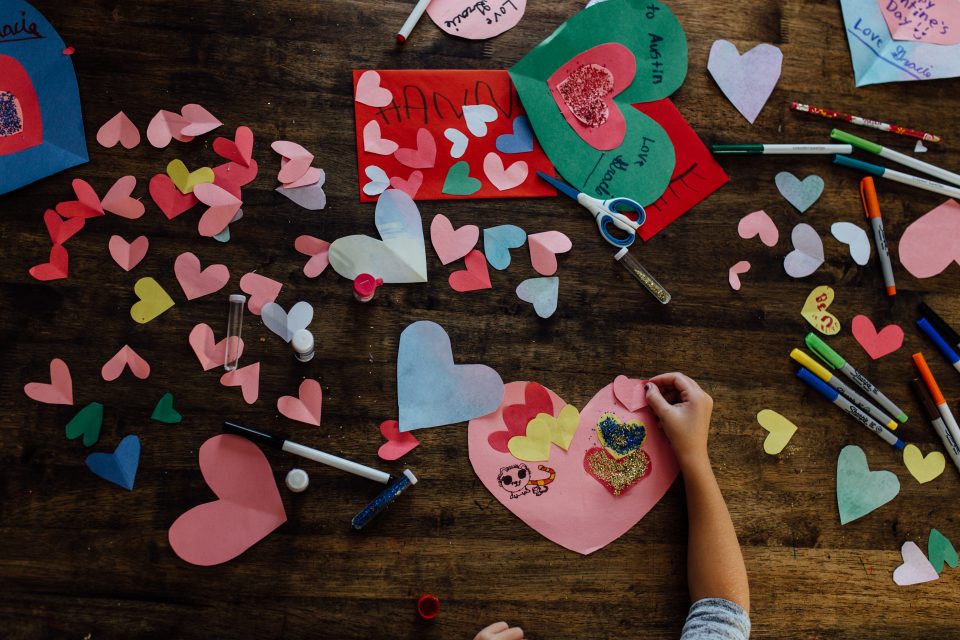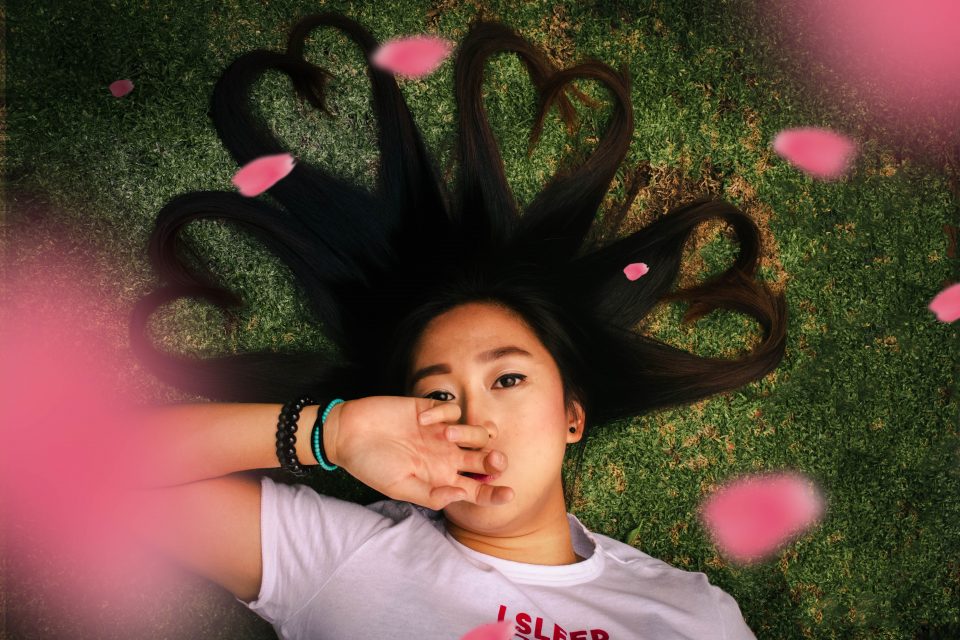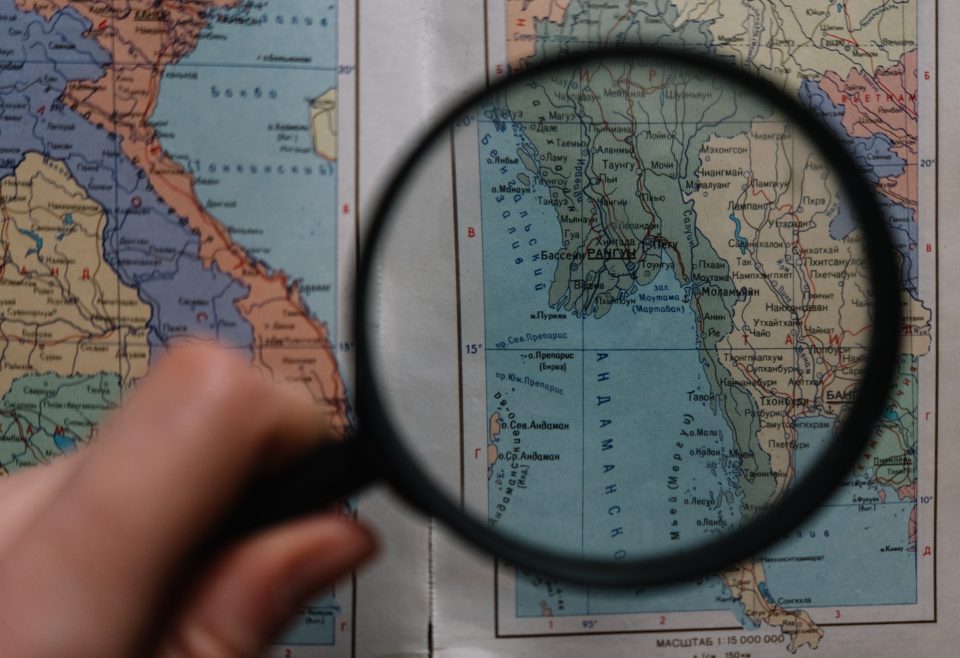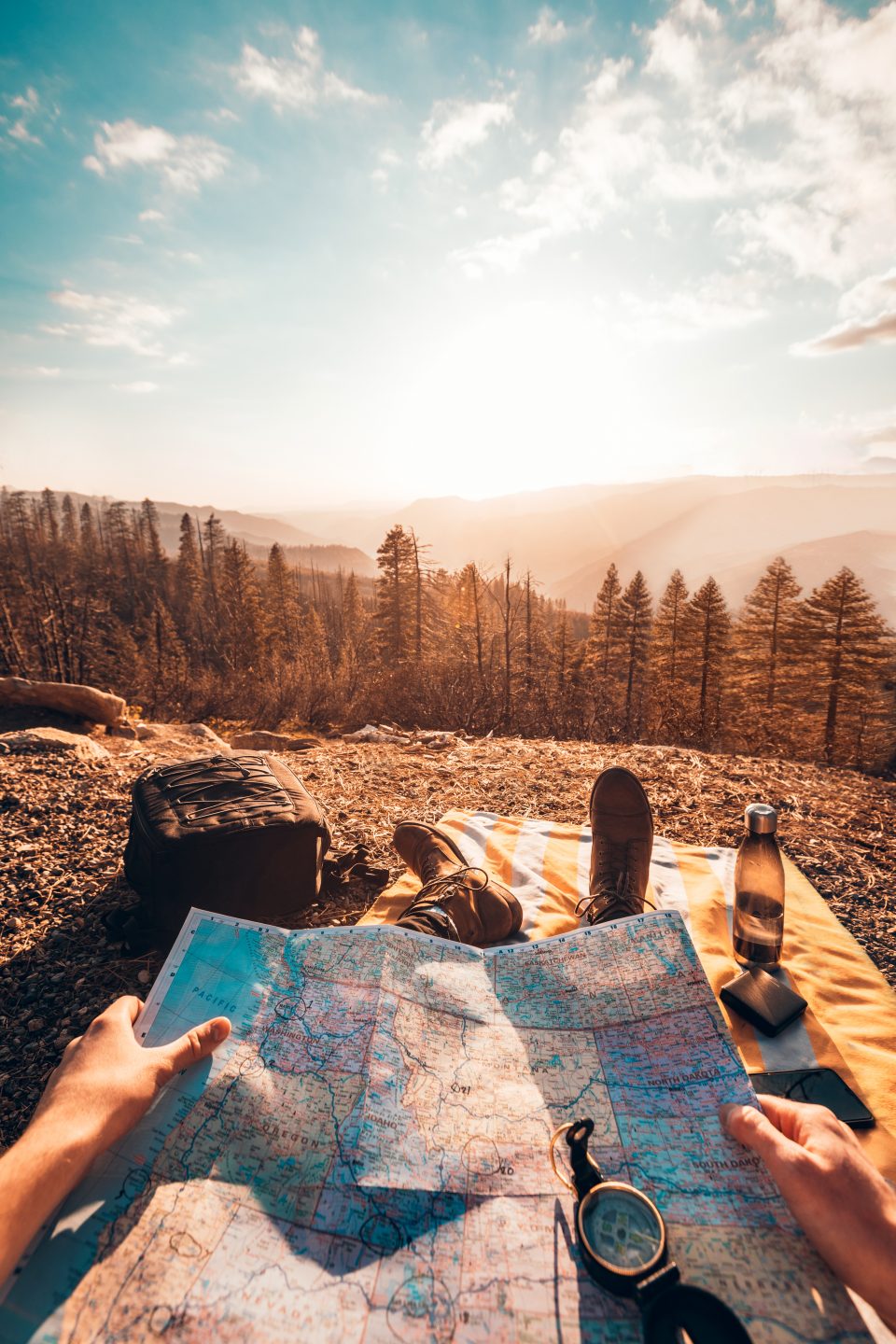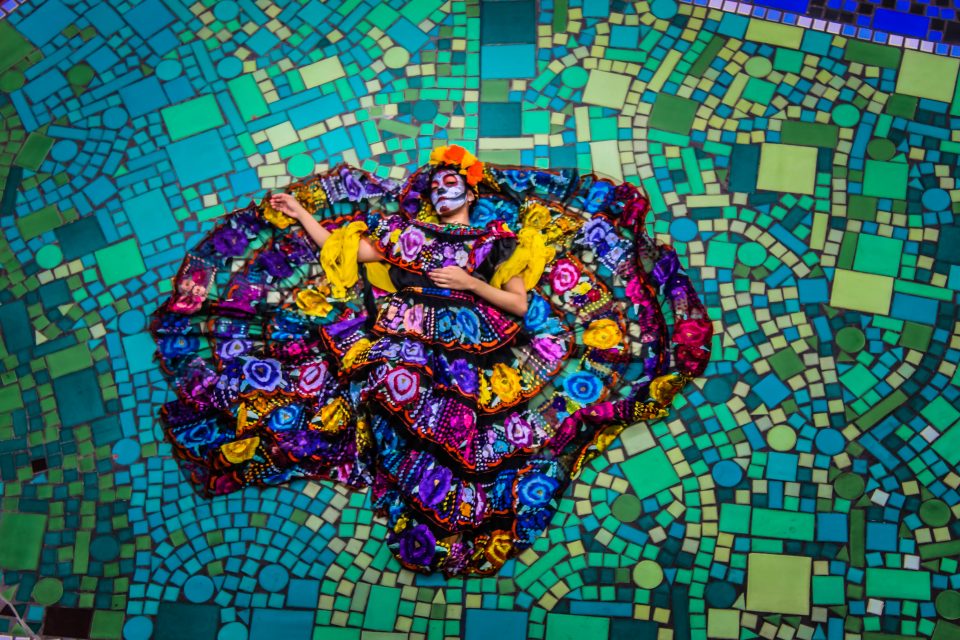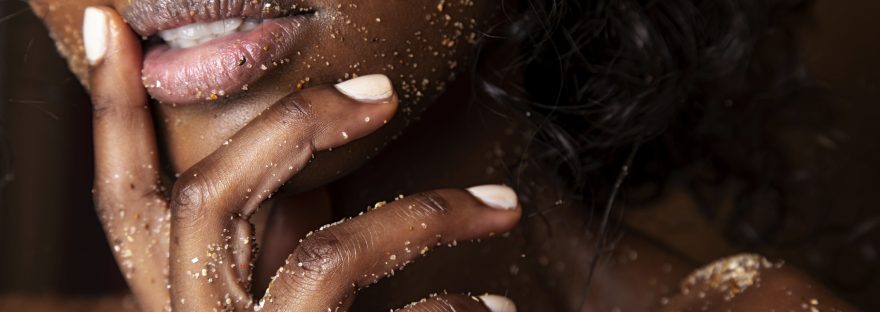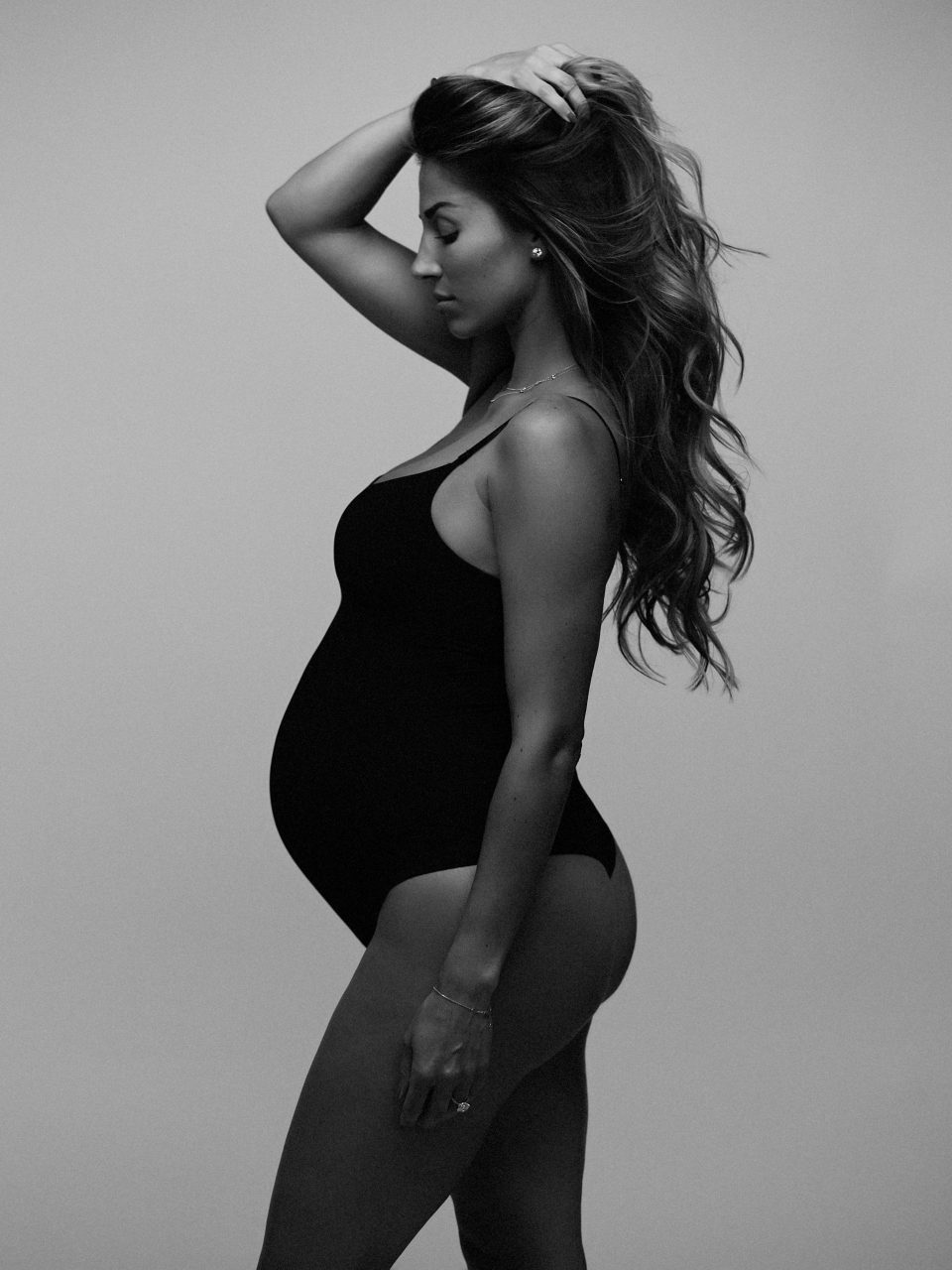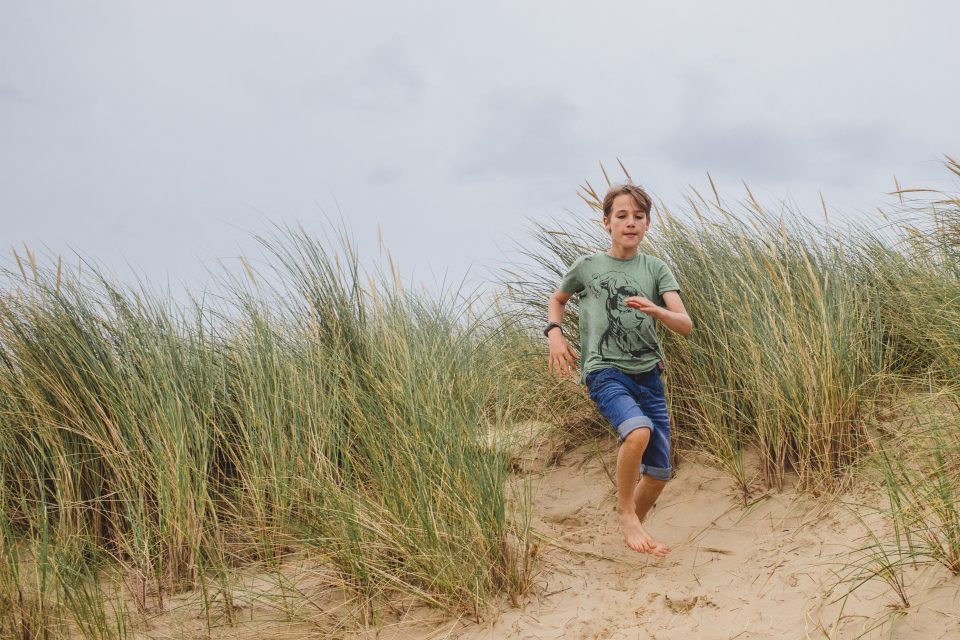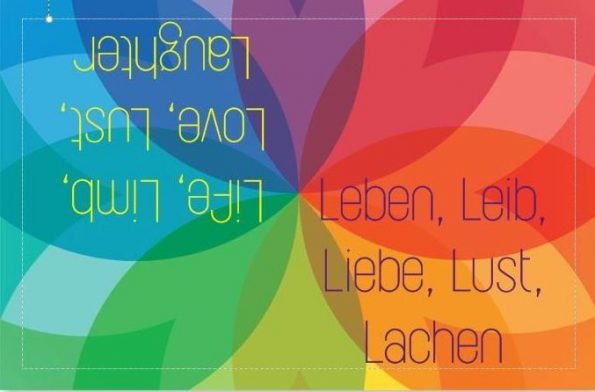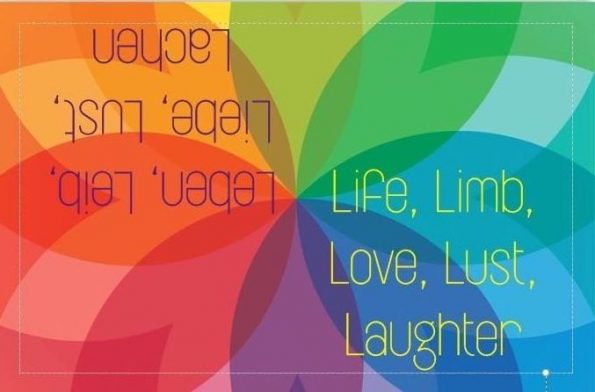
Express yourself (1)
Here we are again! This is Sean and I am here to say “We are on our way!” If you have been following this Blog-Lesson series then you have done the work on yourself with yourself! Consequently, we are now ready to share what we have learned and who we are with the world. In other words it is time to consider and explore communication.
I contact – eye contact.
Do you look people in the eye? If you want someone’s attention, give it a try. People are attracted to and captivated by our eyes. Their shape, color and sparkle.

“I like you; your eyes are full of language.“
[Letter to Anne Clarke, July 3, 1964.]”
― Anne Sexton
On one hand our eyes are one of our most sensitive sensory organs. On the on other hand our eyes are connected directly to our brains. In other words, they are also the window to our souls. They show us how we are feeling and express something beyond words.
Mirror
Exercise1: Start with yourself..
- Look at yourself in the mirror
- Look directly at your eyes
- Observe their shape and their color
- Can you see the whites of your eyes?
- Roll your eyes and look at how they move
- Watch them move, what do you see
- Peek deeper into your eyes
- See your pupils are they big, small or in between…
- Look at your irises: blue, grey, green, golden or dark brown
- Look for the fire, the glint the energy and enthusiasm.
- Smile!!
- Look again and see the smile in your eyes.
Everyone else sees this too! At least those who are paying attention. Get people attention by looking into their eyes.
An Eye for an Eye
Experiment: Start with friends, family, neighbors and co-workers. You will find they will notice, listen and be more attentive to you when you take a moment, stop and look them in the eye. Additionally, this seemingly small action encourages respect and consideration of the message and presence of others.
I look forward to hearing about your experiences.
Body Body
We have talked about caring for our bodies and hygiene. We have explored how our bodies feel and how we feel when we touch our own bodies. Hence, it is time to consider our bodies are also one of our first transmitters of information and communication. Furthermore, our bodies are a communication tool.
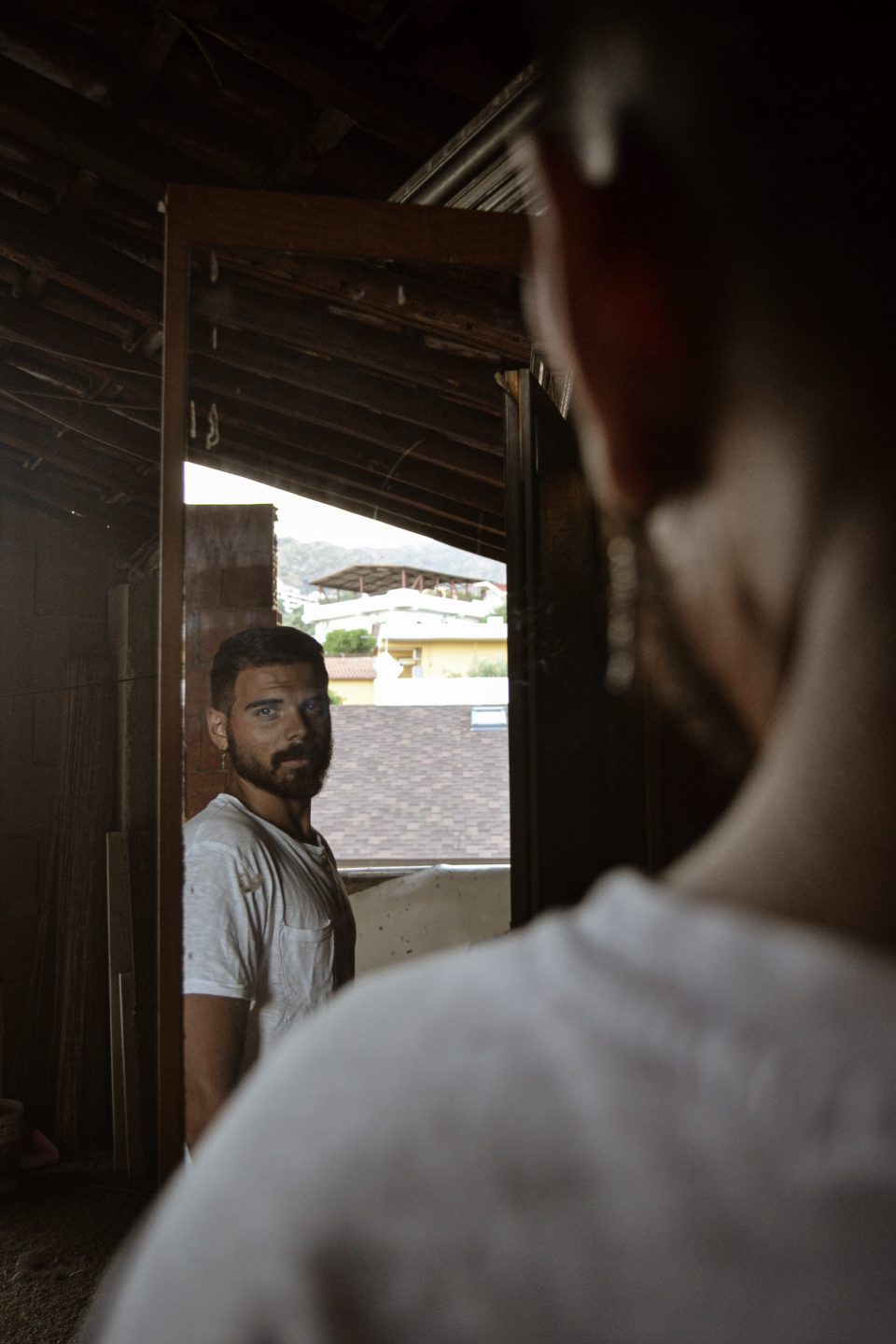
Mirror Mirror
Exercise 2: Find a full-length mirror.
- Stand in front of the mirror.
- Look at yourself.
- Turn to the left.
- Look again.
- Turn to the right.
- Look again.
- Spin all the way around while looking at yourself
What do you see? How is your posture? Where are your shoulders arm, hands? Are you standing up straight or slouching? Do you feel balanced? Are you stable on four feet/in your shoes? Do you like what you have on? Do you have anything on? Are you alone in private or in a public space?
Strike a Pose
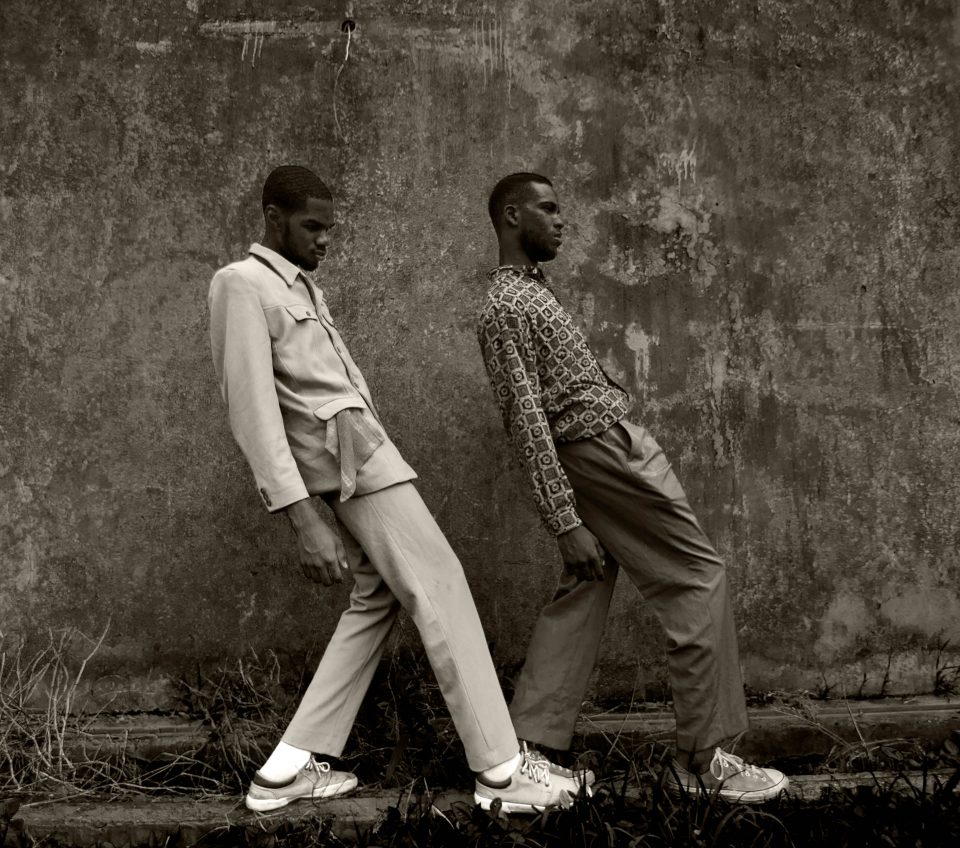
A good stance and posture reflect a proper state of mind.
Morihei Ueshiba
Exercise3: Posture
- Stand in front of the mirror.
- Look at yourself straight on.
- Lift up your chin and look up.
- Bring your eyes back down.
- Lower your chin until it is parallel to the ground.
- Looking at yourself roll your shoulder upwards and backwards until the sit slightly behind your armpits. Feel your body.
- Pull in your stomach and push your hips forwards.
- Observe yourself.
- How do you look now?
Do you see a difference? How much of a difference? Do you like the difference? Each of these exercises can be done with or without a mirror. And can help us to be more aware of how we present ourselves to others in our surroundings. Try lifting your chin and rolling your shoulders before addressing a family member or a colleague and look them in the eye. See if this affects how the react and respond to you in the moment.
Let me know ? what you think.
That is all for this time. Three exercises and two experiments are more than enough for one read. I wish you all the best in your explanations and communications. This is Sean “Be nice to you, please.”
Your thoughts? Till next time! Our earlier Blog-Lessons:
1–2–3–4–5–6–7–8–9–10–11–12–13–14–15–16–17–18–19 –20 –21–22–23–24
